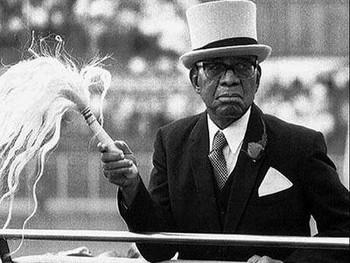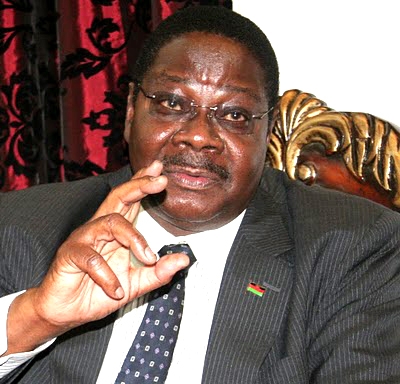Malawi’s economy is based primarily on the agricultural sector, which employs about 85% of the workforce.In 2013, the growth was 5% through improved agricultural performance, including the production of tobacco. In 2014, agriculture has benefited from measures of diversification.experts to Africa Diligence, good performance of the agricultural sector will help to maintain economic growth.
Agriculture is the main resource of the country (30.2% of GDP in 2011).Agricultural products provide over 80% of export earnings. Agriculture is mainly subsistence (except tobacco). It also remains dominated by tobacco, in 2013, accounted for 15% of GDP and generated alone, 70% of foreign exchange earnings. Malawi is one of the top ten producers of tobacco. Tobacco production has increased from 79.8 to 168,600,000 kilograms. An estimated 90% of the tobacco crop in Malawi is exported, mainly to the United States.
Tea is the second largest export crop in Malawi and is grown mainly in the southern districts of Thyolo and Mulanje. Other crops are corn, potatoes, cassava, sorghum, beans, rice, legumes, peanuts, macadamia nuts, tobacco, tea, sugarcane, cotton and ‘tung oil.
In 2013, the secondary sector accounted for just 15% of GDP, mainly consisting of industries processing agricultural products, consumer goods and cement. Mining plays a more important role in the growth of the Malawi economy. Indeed, the country has deposits of bauxite, coal, uranium, rare earths and oil (in Lake Malawi). Extractive industries grow, but in 2010 they still accounted for just over 2% of GDP. In 2011, the mining industry accounted for 19.3% of GDP. The Canadian company, through its subsidiary Lancaster Exploration Ltd. hosts the rare earth project Songwe Hill resources are estimated at 31.8 million tonnes. 13.2 million tonnes of indicated resources at 1.62% oxide of rare earth elements and 18.6 million tonnes of inferred resources at 1.38% oxide of rare earth elements.
As for coal, Intra Energy Corporation Ltd (IEC), evaluates resources Nkhachira project covering 11.25 km 2 in northern Malawi to 62.3 million tonnes. 13.6 million tonnes of measured resources, 18.8 million tonnes of indicated resources and 29.9 million tonnes of inferred category.
Regarding uranium, since the commissioning of the mine Kayelekera in 2009, uranium production has increased over the two years following his operation from zero to about 670 tonnes of uranium

.jpeg&w=60&q=100&h=60)




.jpeg&w=60&q=100&h=60)





